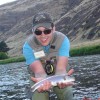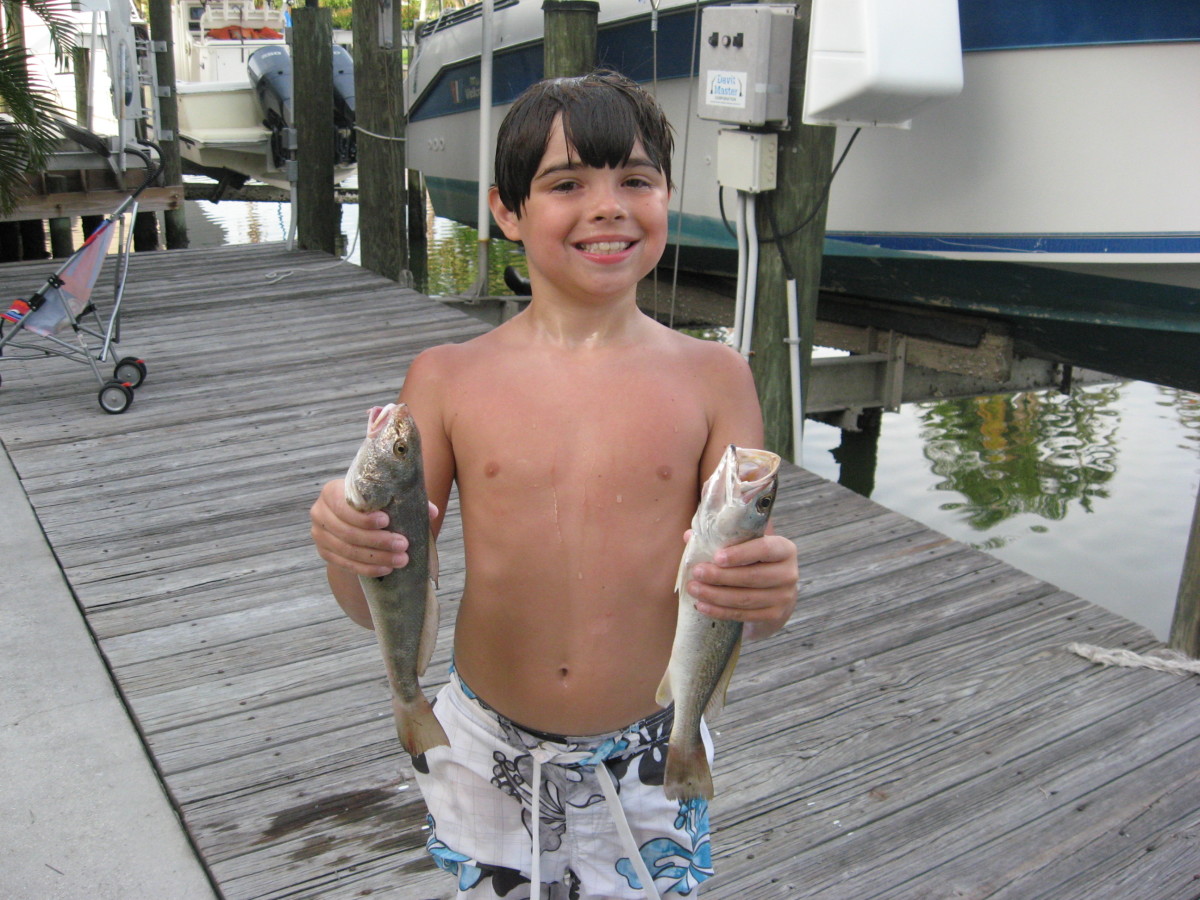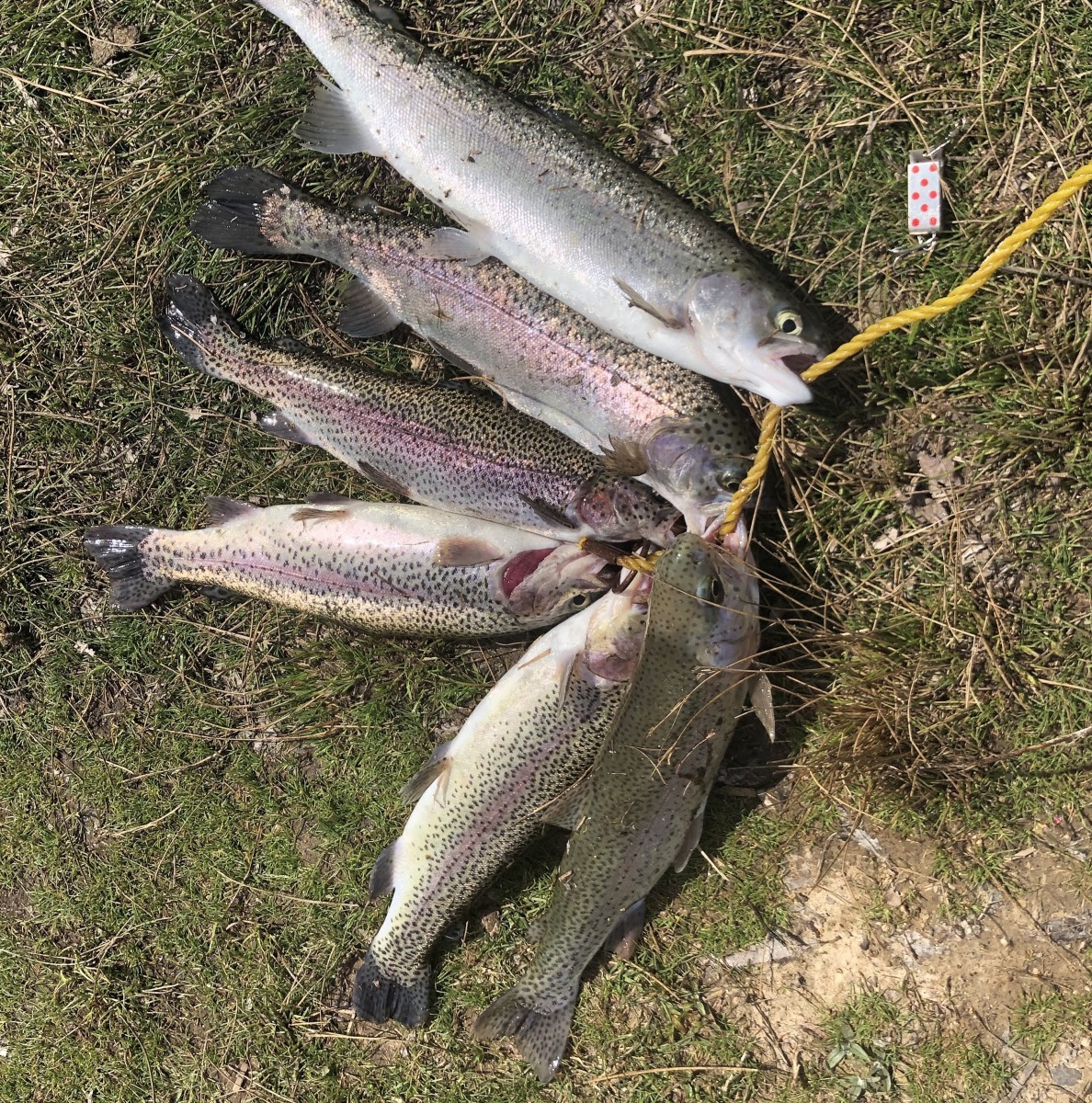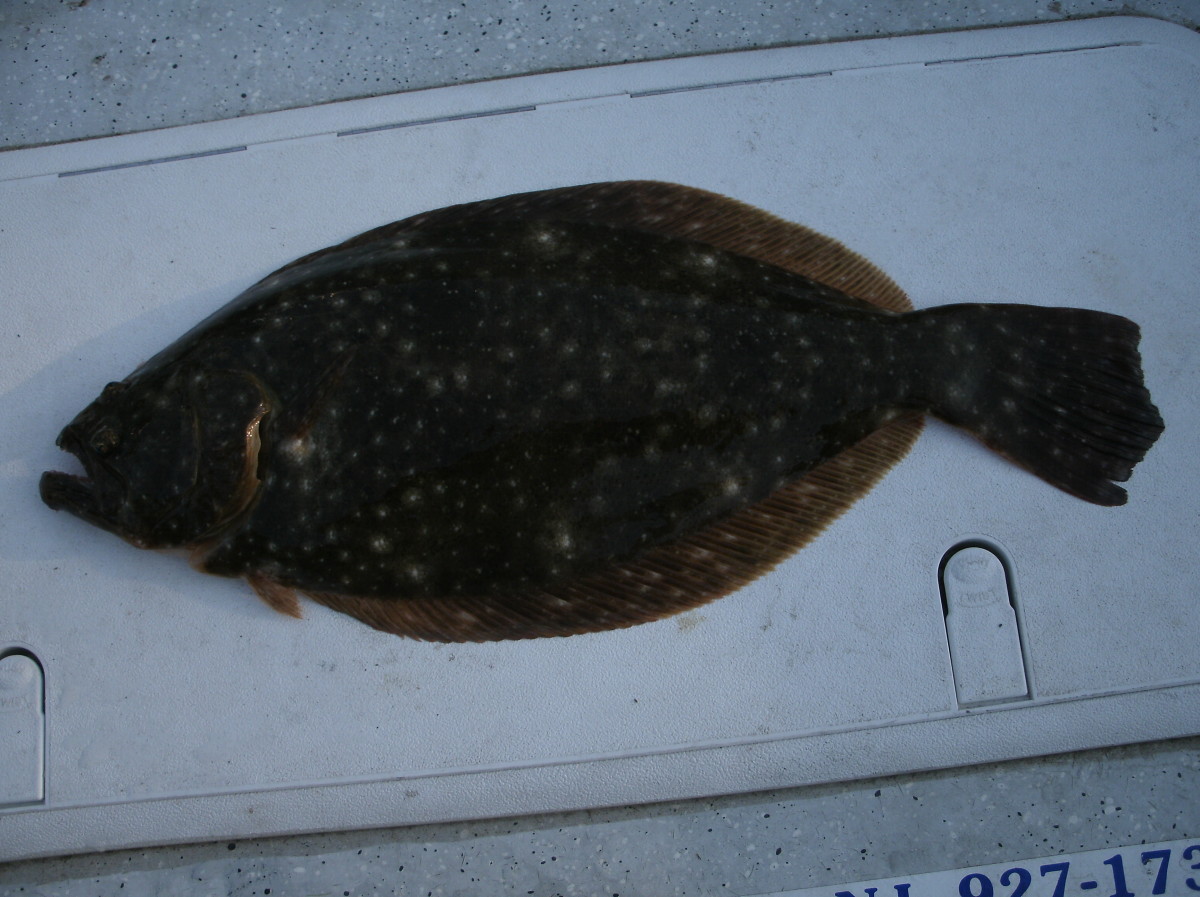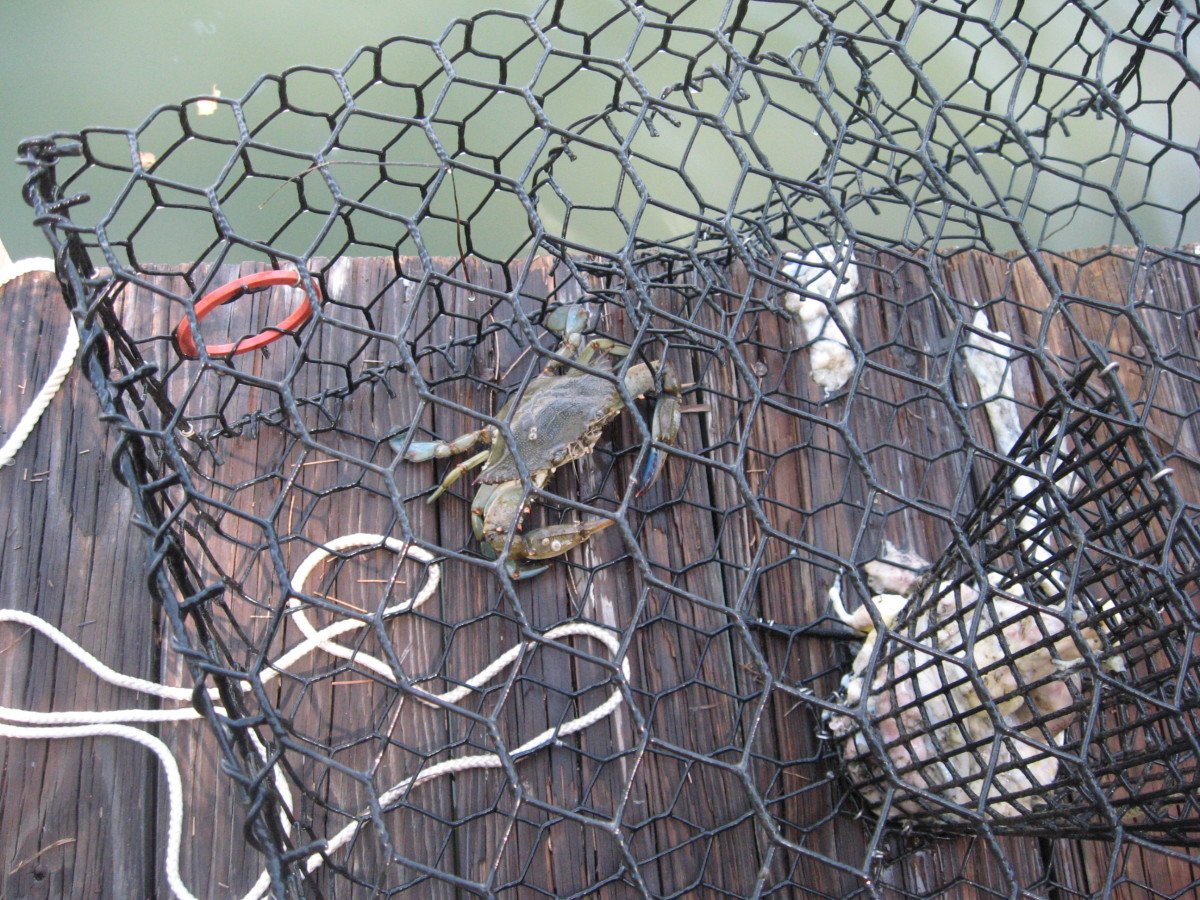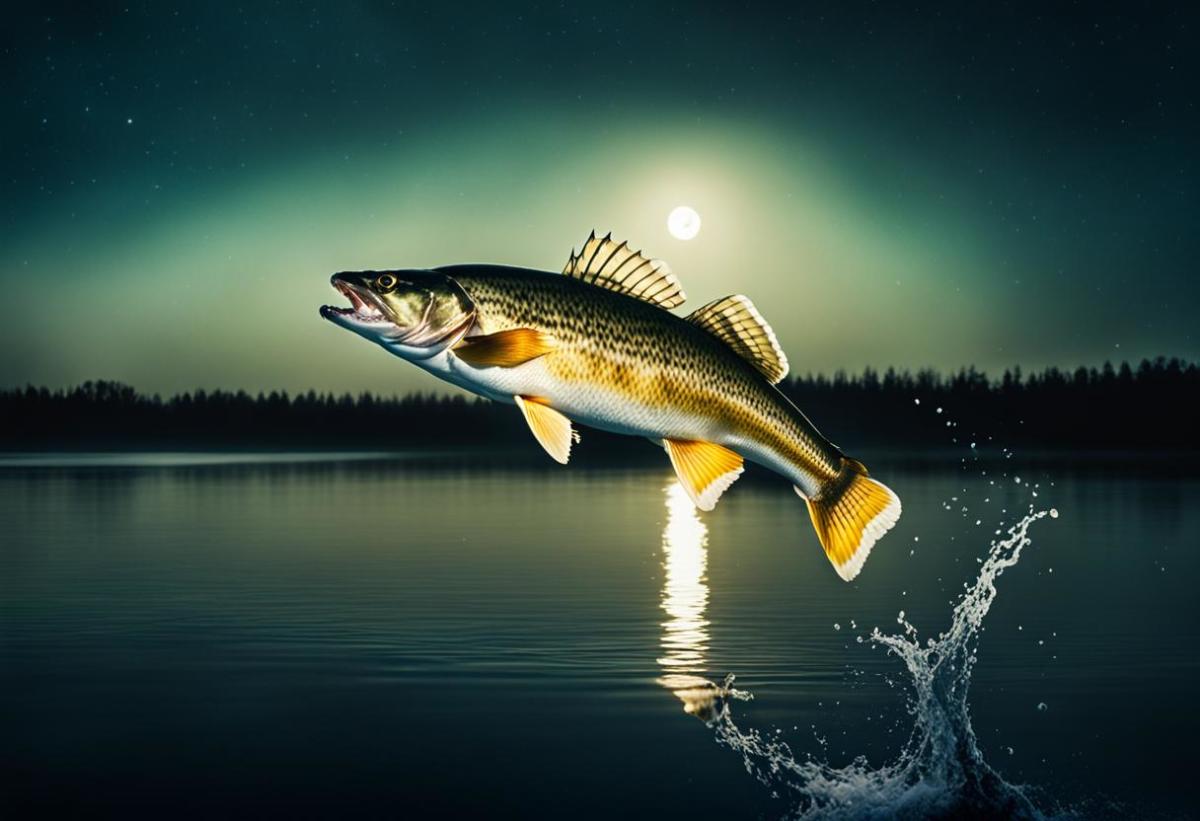Pennsylvania Native Brook Trout Fishing
Brookie Fishing 101
Lets begin by saying I am by no means an expert fly fisherman. I started tying flies over a decade ago to fuel my steelhead fishing addiction. I threw those flies with a spinning rod until last summer when I bought my first fly rod. I then caught my first stocked trout on a fly (excluding steelhead) last spring. And that is where it all started.
When you have fished to the point where it is no longer about how many or how big the fish you catch are, you are ready to fish for brookies. After catching my first trout on a fly, I was instantly hooked on fly fishing. I started to research more and more into when and how to fish for native trout. You will find that native trout locations are about the best kept secrets online. Weeks of research led me to stumble on a blog of someone who actually posted locations that he fished and how well he did there. I chose one of his more successful spots and made a trip out to fish it. The first thing to always remember about searching for remote fishing streams, which is where most native trout are found, is to print out a map. When I got within 10 miles of my destination my cell phone gps lost signal and I ended up fishing the wrong stream. Lucky for me, the wrong stream also held a population of wild trout and I was able to catch almost a dozen. This brings us to what to use to catch wild trout. As far as brookies go, they are about the most ferocious of wild trout. Most hardcore brookie anglers opt to use dry flies only. A few things to consider when selecting the fly is that most mountain streams hold many small cascades or rapids so you want a fly that floats well. Also, you want a fly small enough for fish 2-8 inches to eat. My favorite go-to patterns are a size 14 adams parachute and a size 14 royal wulff. You will also want to carry a bottle of fly floatant with you due to minimal false casting in the heavy cover that surrounds small mountain streams. Leader and tippet size is not as important as many beginners would think. You can start off with a fairly short 6-8' leader in 4x or 5x so that it is easy to untangle from the limbs
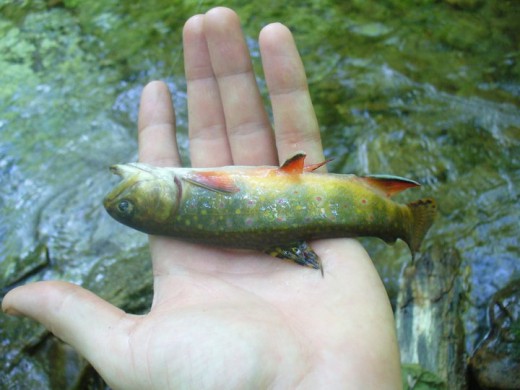
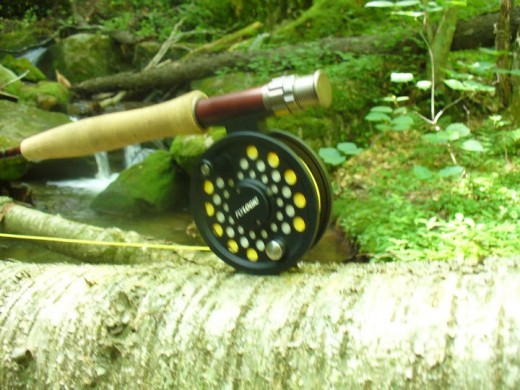
How to get started
Getting started in native trout fishing doesn't have to be expensive. A few pieces of equipment is all you need:
1. Fly fishing outfit. Although I use a 9' 4wt fly rod, a shorter and lighter one would be better. Cabela's makes some pretty cheap 7'6" 3wt rods that would make a good starter rod. For a reel anything cheap and small would be good since most natives don't require a good drag.
2. Waders or old shoes. Waders are nice to have for colder spring water temps but you can also wet wade in old shoes or just opt to stay out of the stream and stalk the fish from the banks.
3. Map. Most of the streams are in pretty secluded locations and it is easy to get lost. A topographic map printed out can be a real life saver.
4. Bug spray. The bugs in shaded forests along small streams can be ridiculous. I have literally quit fishing for the day because of the little buggers being relentless.
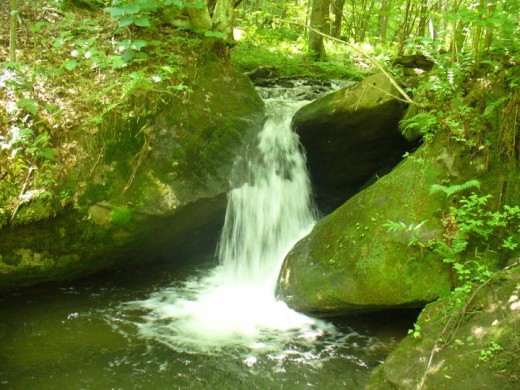
How to pick a location
So you have yourself a rod and some flies. Now comes the tricky part, finding a spot to fish. With wild trout there are lots of resources to be found online. I live in Pennsylvania and the Fish and Game Commission website provides a database on waters capable of trout reproduction as well as streams that are rated as Class A trout waters. Using the map of waters capable of trout reproduction you can find streams located in your county and give those a try. Another good approach is to become an active member of some of your areas fly fishing forums online. With a little poking around you should at least be able to find a stream or two to catch some fish from and then have an idea of what "fishy" water looks like.
